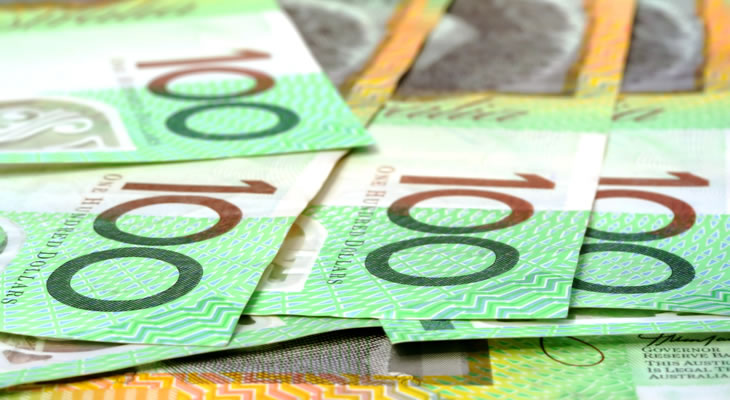Steady UK Inflation Fails to Boost Pound Sterling Australian Dollar (GBP/AUD) Exchange Rate
June’s UK consumer price index data failed to shore up the Pound Sterling to Australian Dollar (GBP/AUD) exchange rate on Wednesday morning.
Confirmation that the headline inflation rate held steady at 2.0% on the year was not enough to encourage investors to buy back into Pound Sterling (GBP), with the reading coming as no surprise.
As inflationary pressure stagnated on the month this further undermined the case for the Bank of England (BoE) to take a hawkish view on monetary policy, leaving GBP exchange rates on the back foot.
The mood towards the Pound remained generally bearish thanks to the increasing odds of a no-deal Brexit, meanwhile.
With both Conservative leadership candidates pledging to scrap the Irish backstop the risk of the UK crashing out of the EU without a deal in October ratcheted up.
As Boris Johnson’s camp continues to develop plans to prorogue Parliament in advance of the Brexit deadline investors saw little incentive to favour the Pound at this juncture.
Underwhelming Leading Index Leaves Australian Dollar (AUD) on Back Foot
With the Westpac leading index still sitting in negative territory in June the mood towards the Australian Dollar (AUD) soured, meanwhile.
Investors were disappointed that the growth index saw a modest deterioration on the month, indicating that momentum within the Australian economy remains lacklustre.
While this slight dip is unlikely to be enough to prompt the Reserve Bank of Australia (RBA) to cut interest rates imminently AUD exchange rates still softened in the wake of the data.
As Bill Evans, Chief Economist at Westpac, noted:
‘Evidence from the July Board minutes indicates the Bank is likely to pause next month in its current easing cycle. However we do see further easing coming later in the year.
‘Westpac continues to expect a further 25bp rate cut, coinciding with a downgrade to the Bank’s growth and inflation forecasts in November.’
AUD Exchange Rates Vulnerable to Disappointing Labour Market Data
Support for the Australian Dollar could diminish further on Thursday if the latest raft of labour market data fails to impress.
Forecasts point towards a weaker employment change figure, however, suggesting that the labour market is struggling to tighten.
Even if the headline unemployment rate holds steady at 5.2% this may not be enough to offset signs of softening employment change.
As underwhelming employment data remains one of the RBA’s key considerations fresh signs of weakness here could increase the odds of the central bank cutting interest rates to a new record low.
Even so, the GBP/AUD exchange rate may struggle to recover much of its lost ground in the near future, thanks to ongoing worries over Brexit.
Unless markets see signs that the new Prime Minister could adopt a more moderate stance on the issue of Brexit Pound Sterling looks set to remain biased to the downside for the foreseeable future.


Comments are closed.